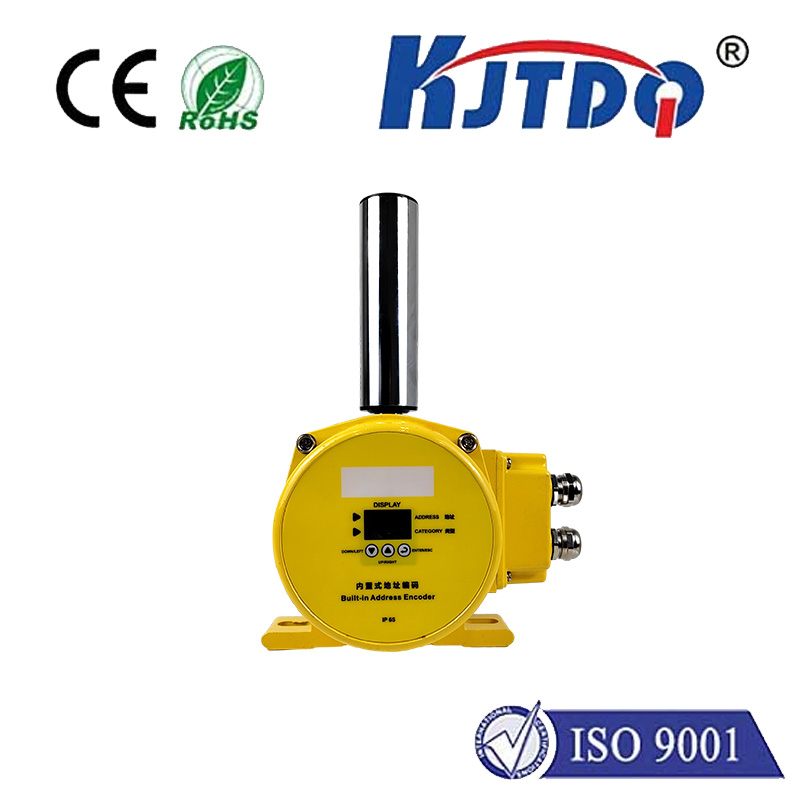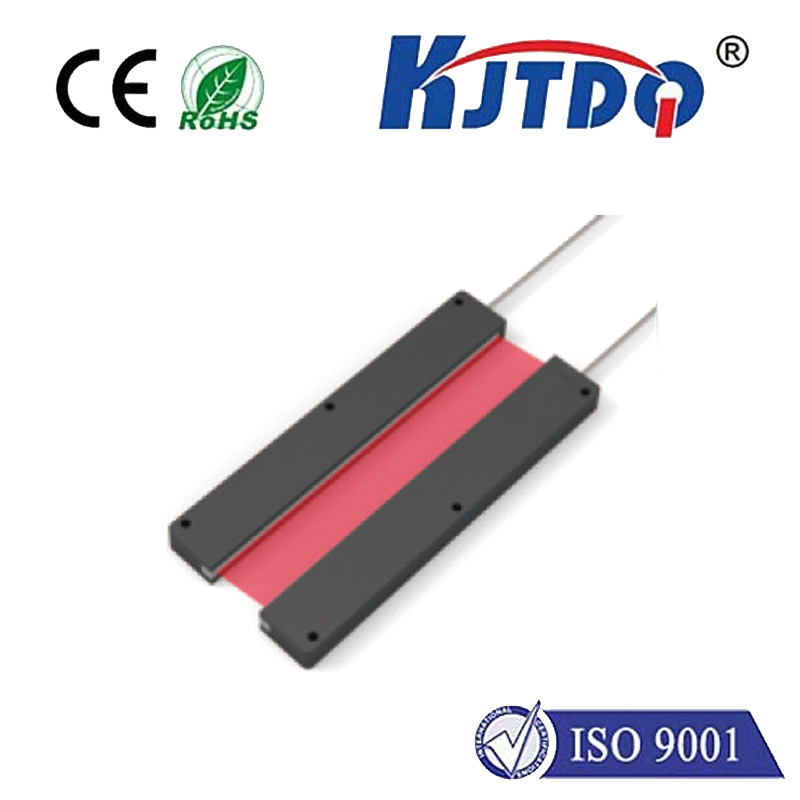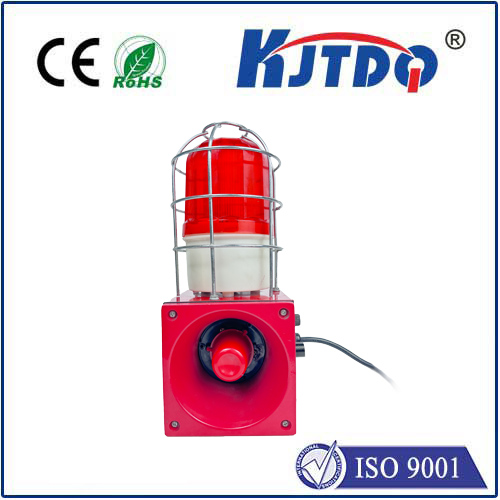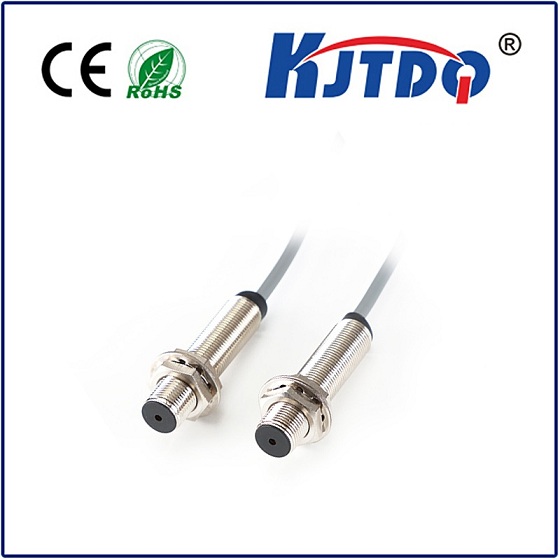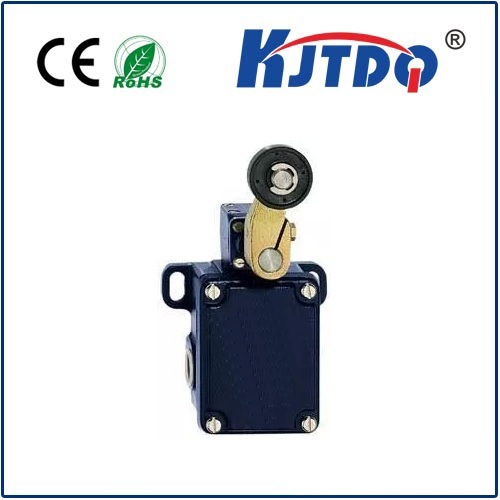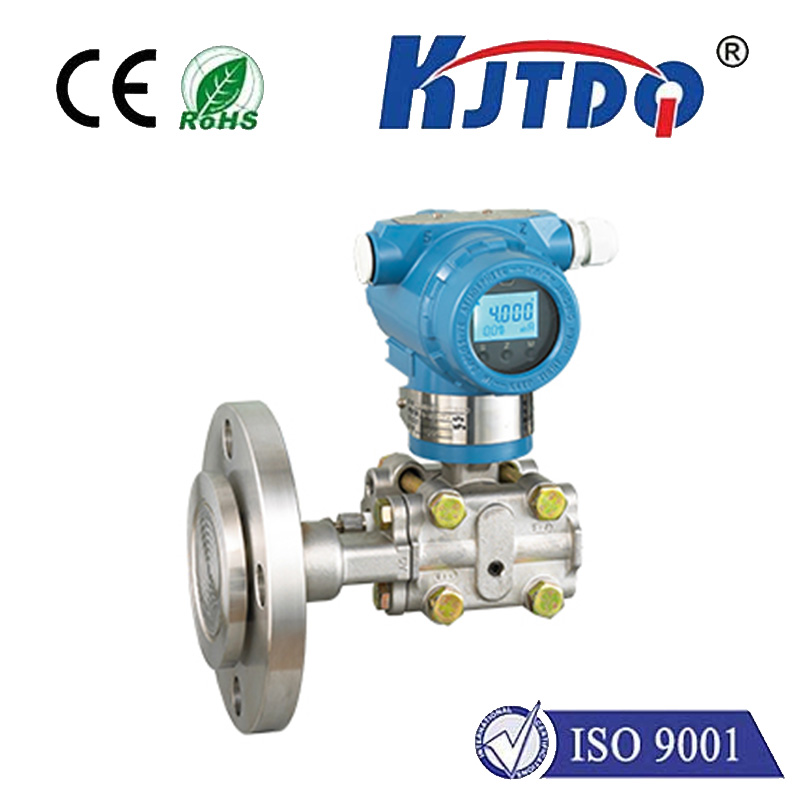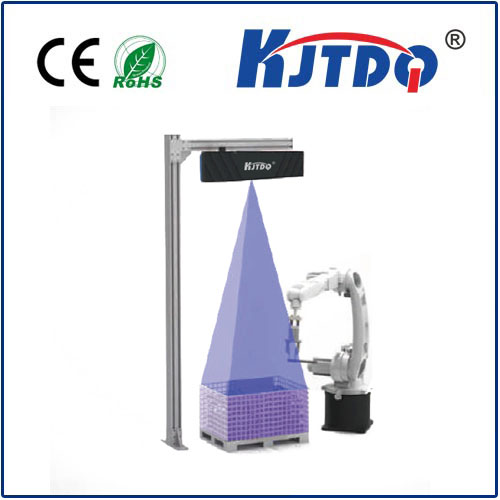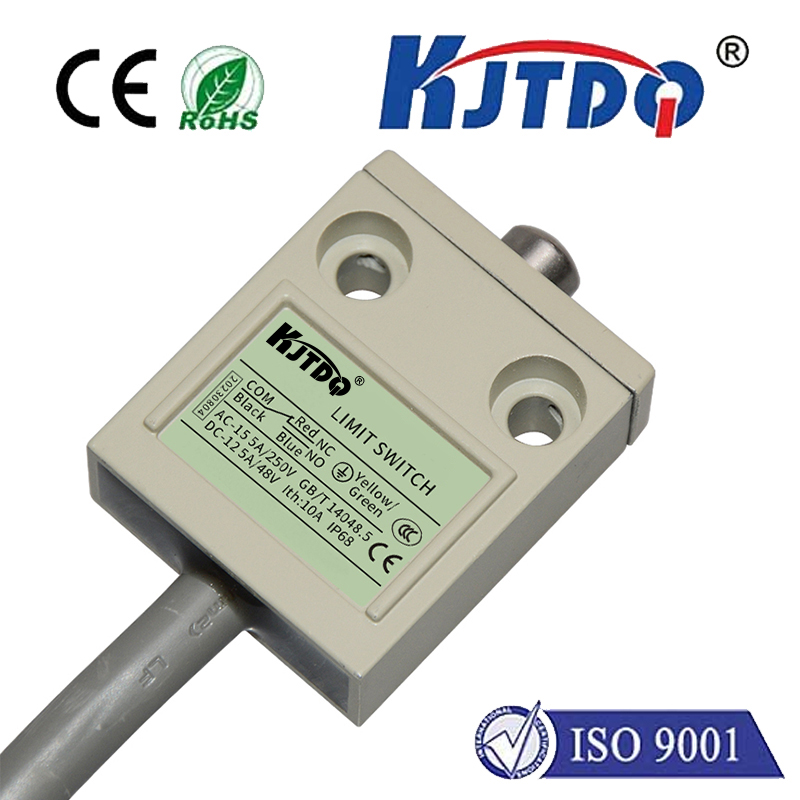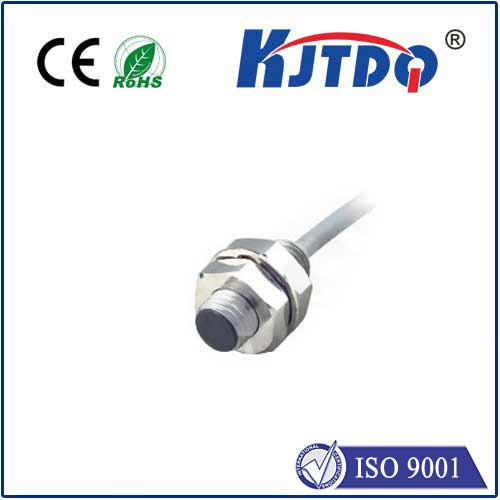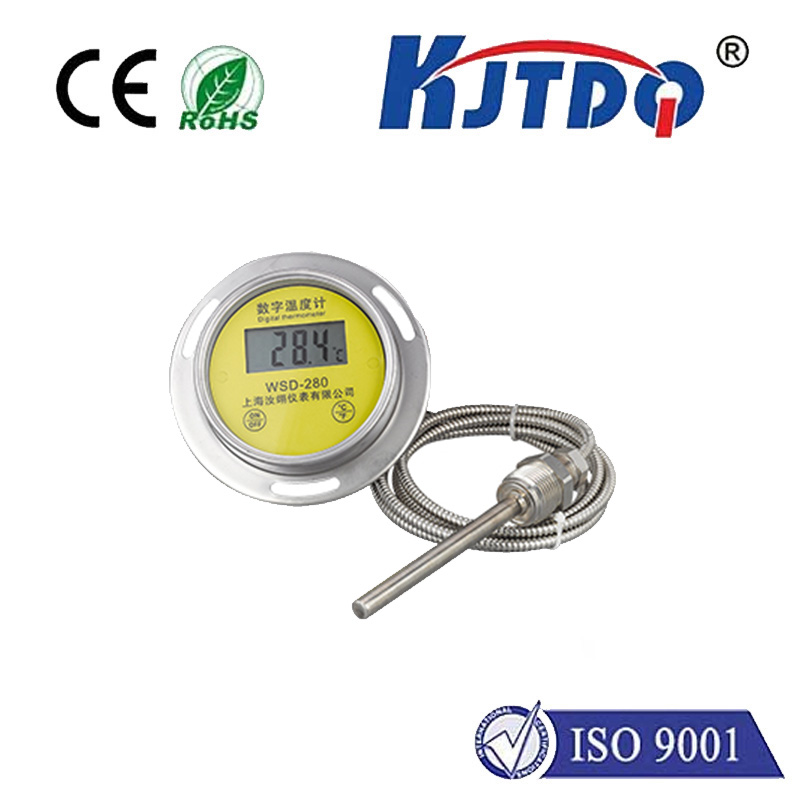
check

check

check

check
Underwater limit switches are an essential component in many industrial applications, particularly those that involve fluid control and monitoring systems. These switches are designed to operate under extreme conditions, making them ideal for use in environments such as water treatment facilities, oil and gas refineries, and power plants. In this article, we will explore the features, benefits, and applications of underwater limit switches.
Firstly, let's define what an underwater limit switch is. A limit switch is a type of sensor that detects the presence or absence of an object within its detection range. When the object reaches a certain point, the switch sends a signal to a control system, which can then initiate or terminate a process. An underwater limit switch is specifically designed to function while submerged in water, ensuring that it remains operational even in harsh marine environments.
One key feature of underwater limit switches is their durability. These devices are typically constructed from corrosion-resistant materials such as stainless steel or bronze, with waterproof seals and coatings to protect against moisture penetration. This makes them highly reliable and long-lasting, even when exposed to aggressive chemicals or saltwater.

Another important characteristic of underwater limit switches is their accuracy. They are often equipped with advanced technologies like ultrasonic or inductive sensing, allowing for precise detection of objects at varying distances and angles. This ensures that they can accurately monitor fluid levels, identify obstructions, or trigger safety mechanisms in real-time.
The benefits of using underwater limit switches are numerous. For example, they can improve the efficiency of water treatment processes by automatically adjusting pump speeds based on flow rates or tank levels. They can also enhance safety in hazardous environments by shutting down equipment if dangerous levels of contaminants are detected. Additionally, they can reduce maintenance costs by providing early warning signs of potential problems before they become more severe.
In terms of applications, underwater limit switches are widely used in industries such as wastewater management, where they help regulate pump operations and prevent overflows. They are also commonly found in hydroelectric power generation facilities, where they monitor turbine activity and ensure proper water pressure levels. Other uses include oil and gas extraction, where they play a crucial role in managing wellhead pressure and preventing spills.
Furthermore, underwater limit switches have practical applications beyond industrial settings. For instance, they can be employed in recreational activities like diving or boating to detect obstacles beneath the surface and avoid collisions. They can also aid in scientific research by providing data on marine life movements or ocean currents.
In conclusion, underwater limit switches offer a robust solution for monitoring and controlling fluid dynamics in various environments. Their durability, accuracy, and versatility make them an indispensable tool for industries ranging from water treatment to energy production. As technology continues to advance, it is likely that we will see even more innovative uses for these versatile devices in both commercial and recreational contexts.
